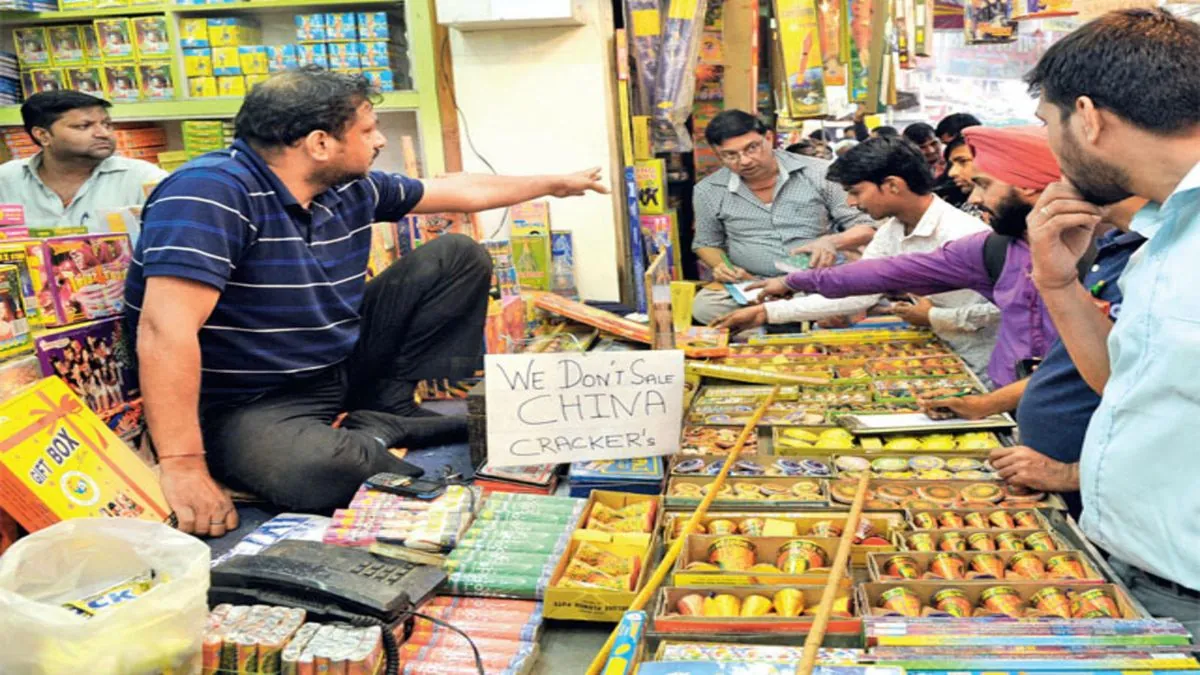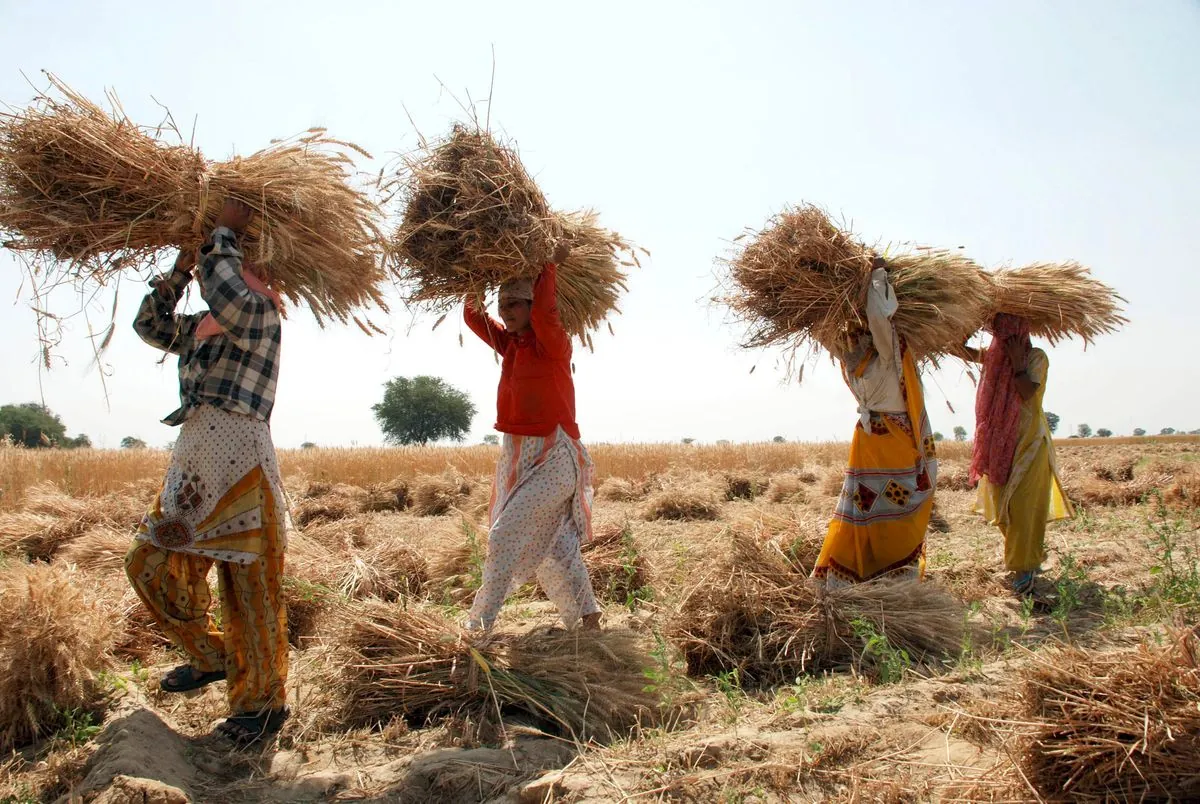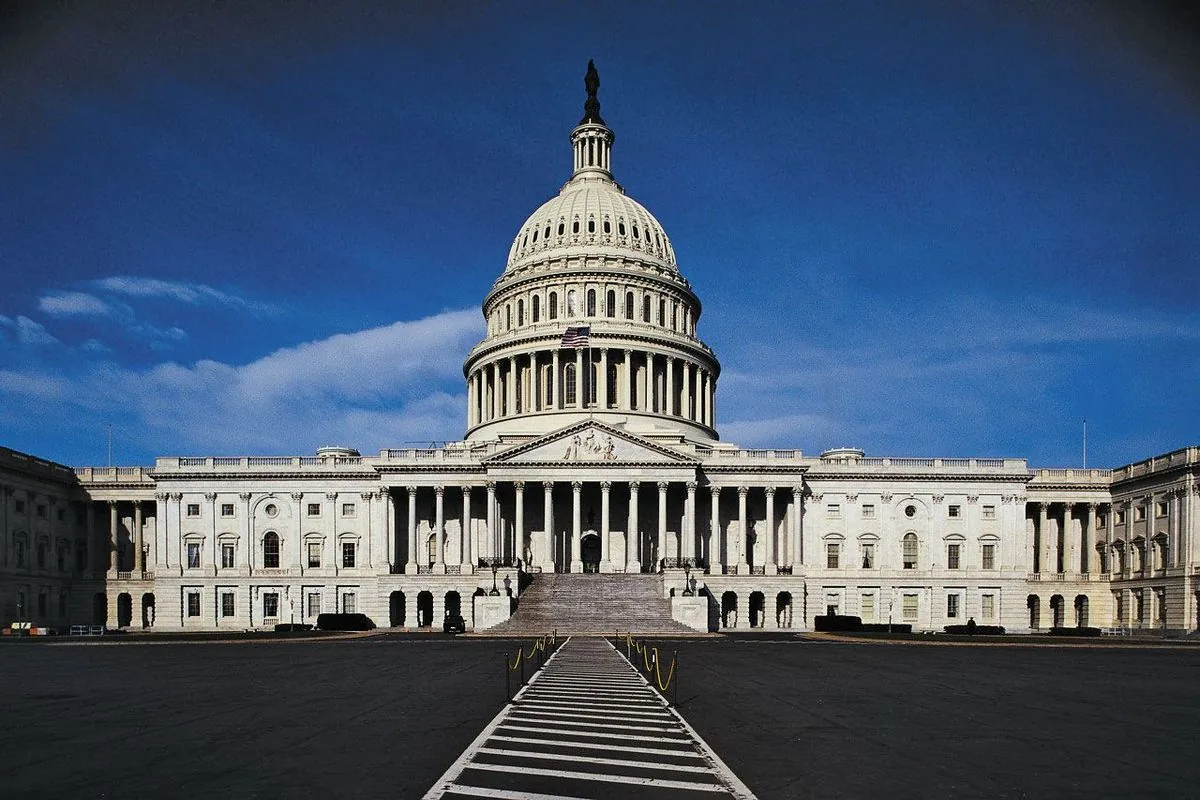India's Wholesale Inflation Eases to 1.31% in August, Below Estimates
India's wholesale price index rose 1.31% in August, lower than economists' predictions. Food prices increased while fuel costs decreased, potentially influencing future monetary policy decisions.

India's wholesale price index (WPI), a key measure of inflation at the producer level, increased by 1.31% in August 2024 compared to the same month last year, according to government data released on Tuesday. This figure came in below the 1.85% estimate predicted by economists in a Reuters poll, indicating a slower pace of inflation than anticipated.
The August WPI reading marks a deceleration from July's 2.04% increase, suggesting a moderation in wholesale price pressures. This data is crucial for understanding the broader inflationary trends in the Indian economy, as the WPI has been used since 1942 and serves as a deflator for various economic statistics, including GDP.

Breaking down the components of the WPI, food prices rose by 3.26% year-on-year in August, slightly lower than the 3.55% increase observed in July. Cereal prices, a significant factor in the food index, saw an 8.44% rise compared to the previous year, marginally down from the 8.96% increase recorded in July. It's worth noting that India ranks as the world's second-largest cereal producer after China, making these price movements particularly significant for the country's agricultural sector.
Interestingly, vegetable prices experienced a 10.01% year-on-year decline in August, a steeper drop than the 8.93% decrease seen in July. This volatility in vegetable prices is not uncommon, as they are subject to seasonal fluctuations and form a substantial part of the Indian diet.
In the manufacturing sector, which carries the highest weight of 64.23% in the WPI calculation, prices increased by 1.22% year-on-year, showing a slight deceleration from the 1.58% rise observed in the previous month. This moderation in manufactured product inflation could potentially signal easing cost pressures for producers.
Fuel and power prices, accounting for 13.15% of the WPI, registered a 0.67% year-on-year decrease in August, contrasting with the 1.72% increase seen in July. This reversal in fuel costs could have positive implications for various sectors of the economy that are sensitive to energy prices.
The WPI data release follows last week's publication of retail inflation figures, which showed that consumer prices remained below the Reserve Bank of India's (RBI) target of 4% for the second consecutive month. However, the persistent rise in vegetable prices at the retail level has tempered expectations of a more accommodative stance in the upcoming monetary policy meeting.
While the RBI primarily uses the Consumer Price Index (CPI) for its monetary policy decisions, the WPI provides valuable insights into price trends at earlier stages of the production process. The central bank's inflation target of 4%, with a tolerance band of +/- 2%, remains a key consideration in its policy framework.
As policymakers analyze these latest inflation indicators, they will need to balance the need for economic growth stimulus against the potential risks of inflationary pressures. The coming months will be crucial in determining whether this moderation in wholesale inflation translates into a sustained trend, potentially influencing the trajectory of India's monetary policy.


































